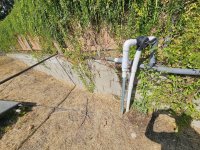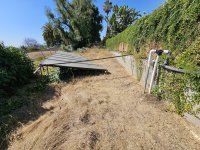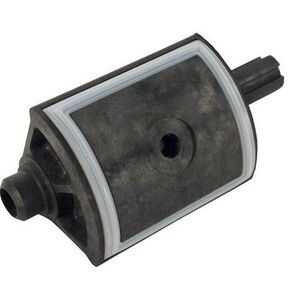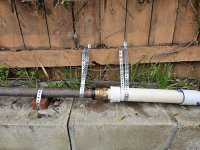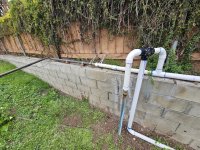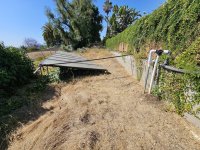So I bought this house with solar heating for the pool. The valves diverting the water to the various pipes in the solar setup have started leaking. It seems like the leaks are at the fitting joints (the blue glue seems to be cracked and failing). So my question (looking at the pictures posted) do I simply make a few cuts along the pipe and replace the parts? Do I need the black 3-port diverter? Any advice on how I should go about repairing the leak? It looks like a should probably replace the connectors to the copper pipes as well?
So my question (looking at the pictures posted) do I simply make a few cuts along the pipe and replace the parts? Do I need the black 3-port diverter? Any advice on how I should go about repairing the leak? It looks like a should probably replace the connectors to the copper pipes as well?  Thanks for any help.
Thanks for any help.
 So my question (looking at the pictures posted) do I simply make a few cuts along the pipe and replace the parts? Do I need the black 3-port diverter? Any advice on how I should go about repairing the leak? It looks like a should probably replace the connectors to the copper pipes as well?
So my question (looking at the pictures posted) do I simply make a few cuts along the pipe and replace the parts? Do I need the black 3-port diverter? Any advice on how I should go about repairing the leak? It looks like a should probably replace the connectors to the copper pipes as well?  Thanks for any help.
Thanks for any help.Attachments
Last edited:


